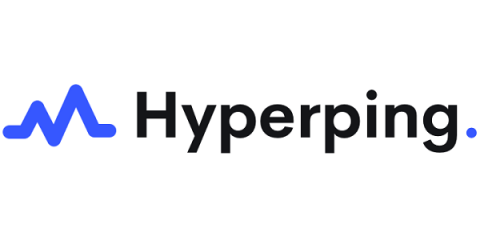Best server monitoring tools in 2025 [47 analyzed]
Let's be honest – managing servers isn't getting any easier. With distributed systems, cloud infrastructure, and complex applications, there's more to monitor than ever before. You could try keeping track of everything manually. There's nothing inherently wrong with checking your server metrics yourself and responding to issues as they come up. But here's the reality: if you want to run a reliable, high-performing system, you need proper monitoring tools.






